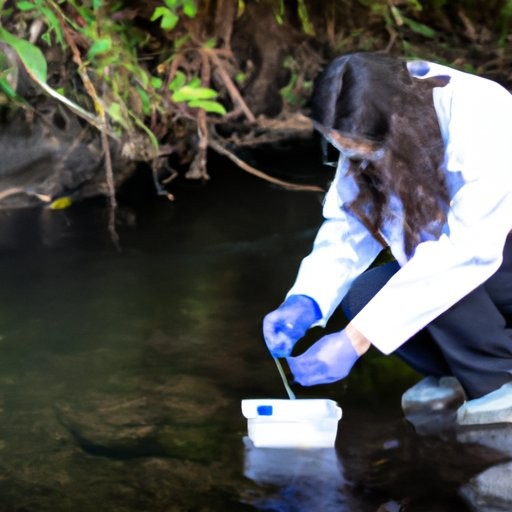Why You Should Care About PFAS Contamination in Airports
PFAS contamination is an escalating issue at airports across the United States. These chemicals, prevalent in firefighting foams, pose serious health and environmental threats. Understanding PFAS's impact is essential for communities near airports. As of May 2025, both federal and state regulations are addressing this challenge, but significant efforts are still needed.

What Are PFAS and Why Are They Used at Airports?
Per- and polyfluoroalkyl substances (PFAS) are man-made chemicals known for their resistance to heat, water, and oil. Airports utilize Aqueous Film-Forming Foam (AFFF) containing PFAS to effectively manage fuel fires, a crucial safety protocol. Unfortunately, this has led to extensive contamination of soil and groundwater.
PFAS are notoriously persistent, meaning they do not degrade easily and can accumulate over time. This persistence results in the contamination of water sources, impacting local communities and ecosystems. The Environmental Protection Agency (EPA) identifies PFAS as a significant concern due to potential health impacts, including cancer and liver damage.
How Does PFAS Affect Health and the Environment?
Communities near airports are at risk of health issues from PFAS exposure, primarily through contaminated drinking water. Research links PFAS to reproductive issues, developmental delays in children, and an increased risk of cancer. Chronic exposure is a major concern for residents near contaminated sites.
The environmental impacts are equally alarming. PFAS can harm aquatic life and disrupt ecosystems. These chemicals accumulate in fish and wildlife, leading to bioaccumulation and biomagnification through the food chain. This not only threatens biodiversity but also poses health risks to humans consuming contaminated fish and game. Regulatory agencies are actively setting guidelines to manage PFAS levels in the environment.
What Are Common Questions About PFAS Contamination at Airports?
What are PFAS chemicals?
PFAS are synthetic chemicals used in industrial and consumer products due to their resistance to heat, water, and oil. They are found in firefighting foams, non-stick cookware, and water-repellent fabrics.
How do airports contribute to PFAS contamination?
Airports contribute to PFAS contamination through the use of Aqueous Film-Forming Foam (AFFF) in firefighting. This foam can seep into soil and groundwater, leading to environmental contamination.
What are the health risks associated with PFAS exposure?
PFAS exposure is linked to health issues like cancer, liver damage, immune system impacts, and reproductive problems. Chronic exposure through contaminated drinking water is a major concern for nearby communities.
What actions are being taken to address PFAS contamination?
Regulatory agencies, such as the EPA, are establishing guidelines for PFAS levels in the environment. Efforts are underway to develop remediation technologies to clean up contaminated sites and protect public health.
Why is PFAS contamination a concern for communities near airports?
Communities near airports face PFAS contamination risks as these chemicals can infiltrate drinking water supplies, leading to chronic exposure and health risks. This is a significant public health concern.
What Can Be Done About PFAS Contamination?
Addressing PFAS contamination at airports is a pressing need. Understanding the risks and impacts is vital for safeguarding public health and the environment. Regulatory agencies and communities must collaborate to implement effective remediation strategies. Nationwide, efforts are ongoing to reduce PFAS exposure and protect water resources. Stay informed and advocate for stronger regulations to ensure a safer environment for future generations.



